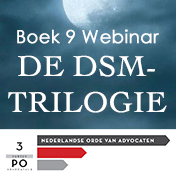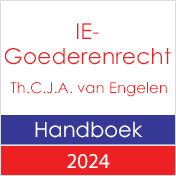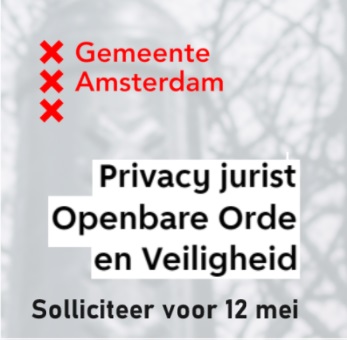 B9 11649. Gerecht EU, 18 september 2012, zaak T-460/11, Scandic Distilleries tegen OHIM / Bürgerbräu, Röhm & Söhne.
B9 11649. Gerecht EU, 18 september 2012, zaak T-460/11, Scandic Distilleries tegen OHIM / Bürgerbräu, Röhm & Söhne.
Merkenrecht. Oppositieprocedure o.g.v. het EU-woordmerk "Bürgerbräu" tegen het EU-beeldmerk ‘Bürger Original Premium Pils Traditional Brewed Quality Registered Trademark Siebenburgen’ (bier). Het OHIM wees de oppositie eerder toe. De mate van overeenstemming tussen de merken is sufficiently high en verwarringsgevaar is aannemelijk. Verwatering door vreedzame coëxistentie tussen eerdere merken (waarbij geen sprake was van verwarringsgevaar) is onvoldoende aannemelijk gemaakt:
60. In this respect, first, it should be recalled that it cannot indeed be entirely excluded that, in certain cases, the coexistence of earlier marks on the market could reduce the likelihood of confusion which the Opposition Division and the Board of Appeal find exists between two conflicting marks. However, that possibility can be taken into consideration only if, at the very least, during the proceedings before OHIM concerning relative grounds of refusal, the applicant for the Community trade mark duly demonstrated that such coexistence was based on the absence of any likelihood of confusion on the part of the relevant public between the earlier marks on which it relies and the intervener’s earlier mark on which the opposition is based, and provided that the earlier marks concerned and the conflicting marks are identical (see Case T‑460/07 Nokia v OHIM – Medion (LIFE BLOG) [2010] ECR II‑89, paragraph 68 and the case-law cited).
61. It is clear, however, in the present case that, as the Board of Appeal rightly found in paragraph 26 of the contested decision, it is not possible to infer from mere photocopies of different beer labels allegedly belonging to third parties any use at all of those signs on the European Union market, so that not even the identity of registrations coexisting on the market has been proved. Moreover, the applicant has in any event failed to show that that coexistence was based on the absence of a likelihood of confusion. It follows that the applicant has not shown that the distinctive character of the earlier mark was weakened or diluted.
Lees het arrest hier.



























































